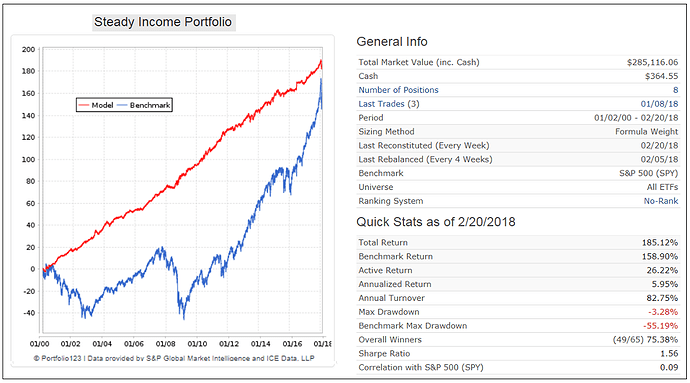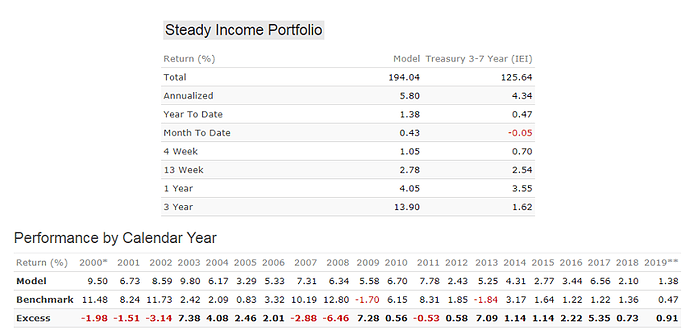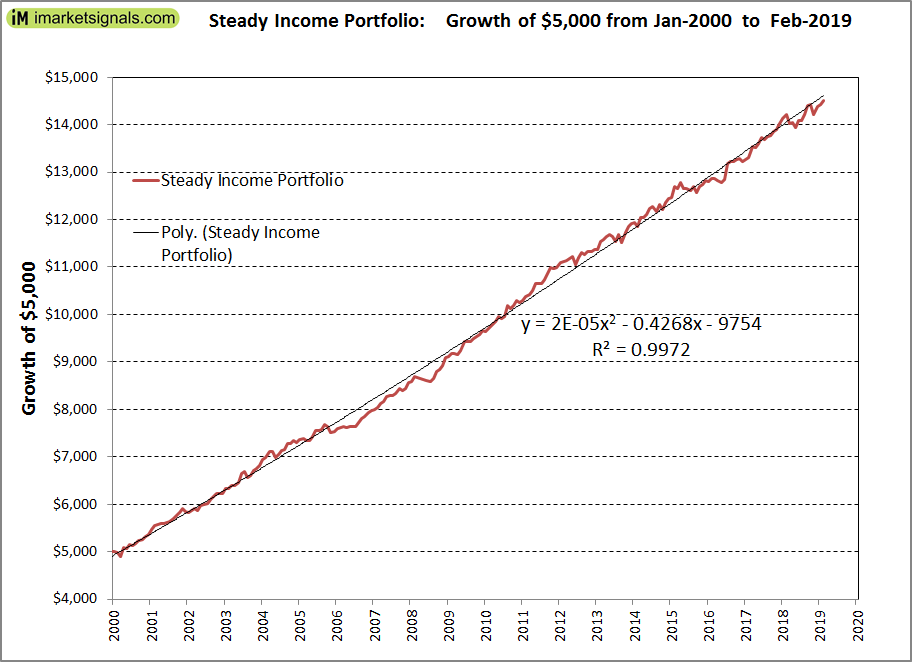This is a big question and one that Marco and I have and will continue to be thinking about.
We learned at the start that there was a market for this sort of thing but as had been discussed heavily in the forum, version 1 was way too curve-fitting friendly, and as many models faltered the way such models eventually do, subscrbers vanished en masse.
One person in this thread mentioned cost. Yes, absolutely! Pricing by many designers is unreasonably high. A while ago I suggested that designers try to envision how much money a user might invest in designer models, imagine how many models, and how much they might attract. Then, multiply the monthly charge to infer an annual %. I’m not sure anyone did this because if they did, they’d be shocked into slashing prices.
I had also posted in the past about how designers present themselves and their models. Many had ridiculous names that not only failed to indicate what the model was about but were impossible to remember. And I’ve long believed that marketing that focuses on backtests, forgetting legal implications, is marketing suicide because everybody hots cold spells here and there and if you offer a client nothing more than an implied promise of great returns that match a great backtest, you have no chance to retain them unless they make the sort of money they envision from the testing. Backesting and simulation are p123 products — tools — for your own use as an aid to development of stratgies. That’ s what they are; tools for your private use. Results can not be used as products that can be sold to others unless you become super famous in which case they can be sold to collectors, like preliminary sketches by Rembrant.
We had hoped that when we sharply curtailed test presentations, designers would market themselves based on . . . themselves. After all, that is the “product” being sold. It means talking about the market, about how one approaches investing in general and stock selection in particular. It means conversation in the forums about substantive topics like that. It means blogging etc. in that manner on Seeking Alpha and hopefully in the future, on p123. Some folks have put themselves out there and have been developing public personas. More need to do likewise. Nobody subscribes to test results, but people will subscribe to individuals they see as authorities. A big reason why I wrote and posted the strategy design course was to help those whose professional backgrounds lie in other fields to learn how, not only to design professionally sound models but also to develop the idea inventory needed to project marketable authority.
This isn’t to say p123 was always in the right and has the perfect platform now. We weren’t. We aren’t. And we don’t. And we will be working to do better. We’ve also been thinking about newsetters and I’ve been wondering if maybe DMs might be superceded by subscription to some sort of designer (using the current label) content set that could established by the designer, which might include a newsletter, a systemic model along the lines of what we have now, or even ideas that are less systemic — the p123 platform can also be used to generate ad hoc ideas. Perhaps some combination, as the designer wishes (and we wlii need to replace the word “designer”j.
But I’m putting my shtick out there yet again because I know full well that there is nothing p123 can do to get $$$ for designers unless designers pitch in an do the things they need to do for themselves. Acronyms are popular so let’s try PPAPA . . . Proper Pricing And Projecting Authority. That doesn’t come over night, so I suggest designers start working along those lines now, while we do our thing. It would be great if we could all come together at more or less the same time.


